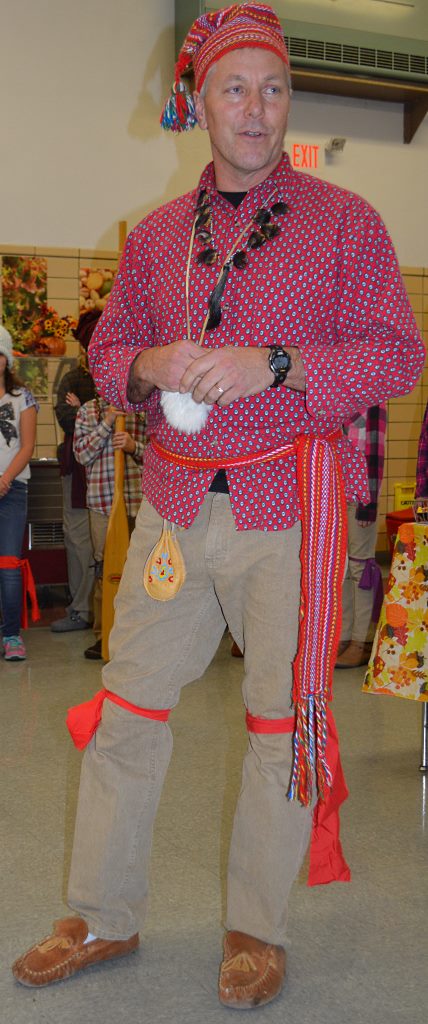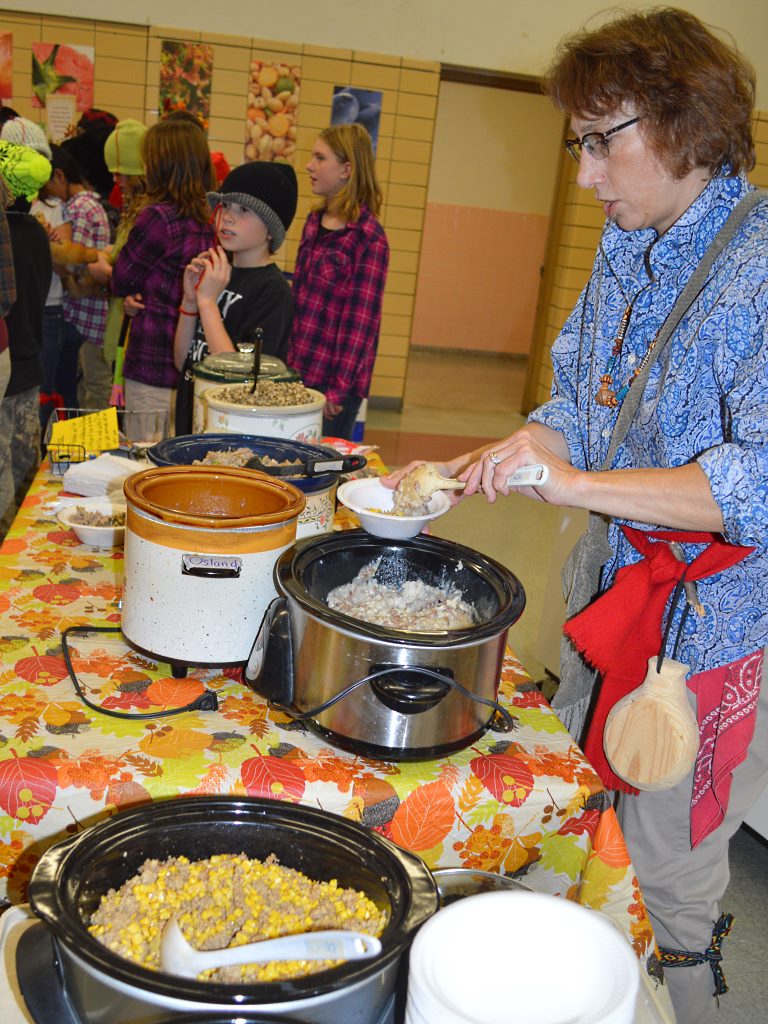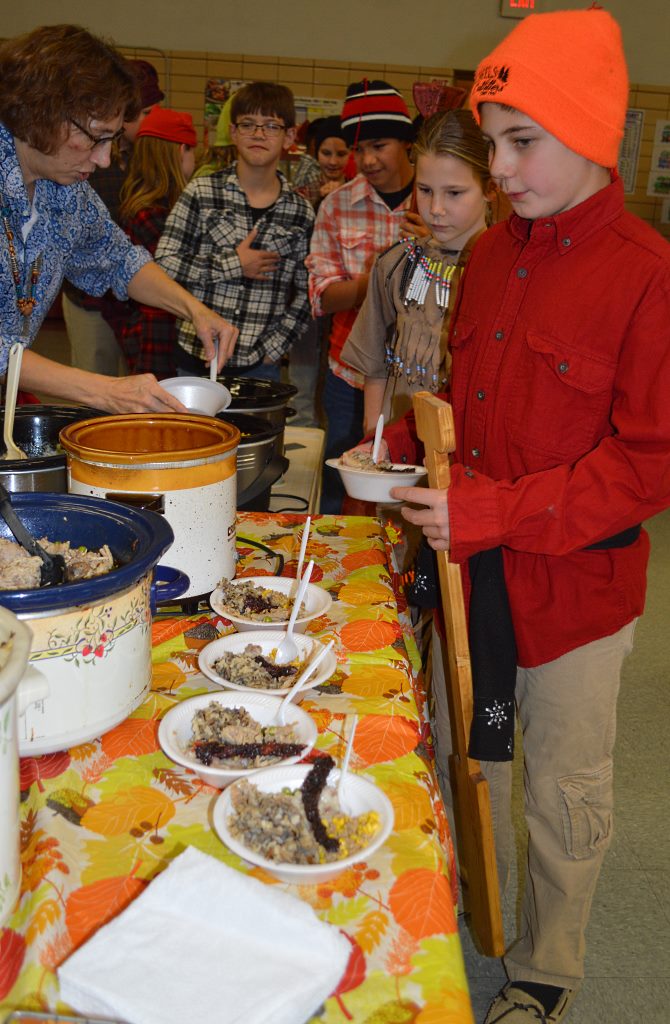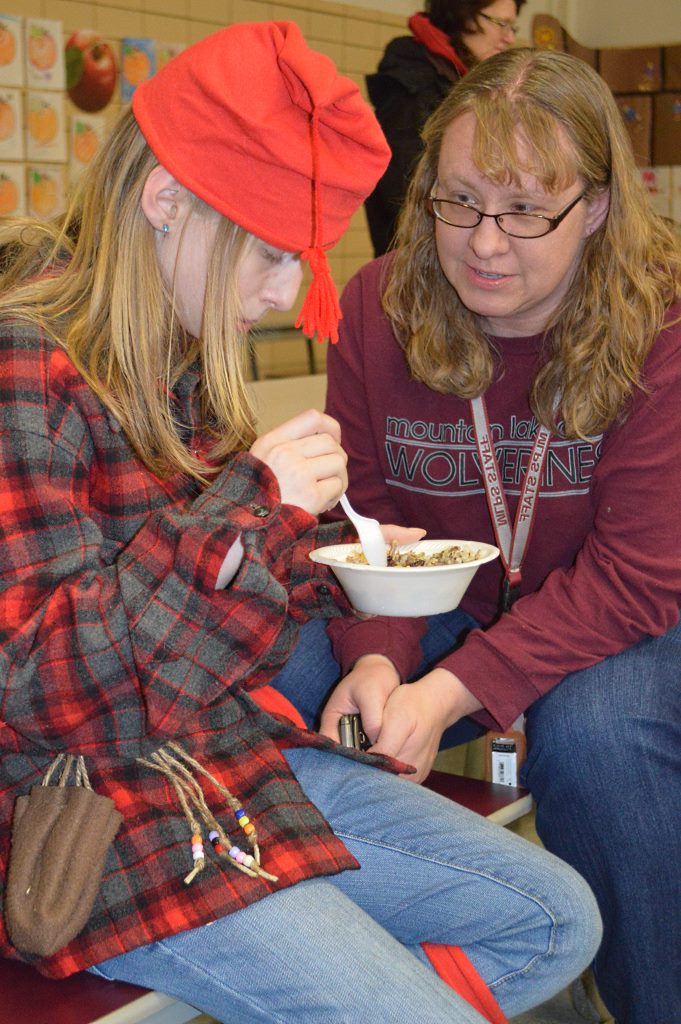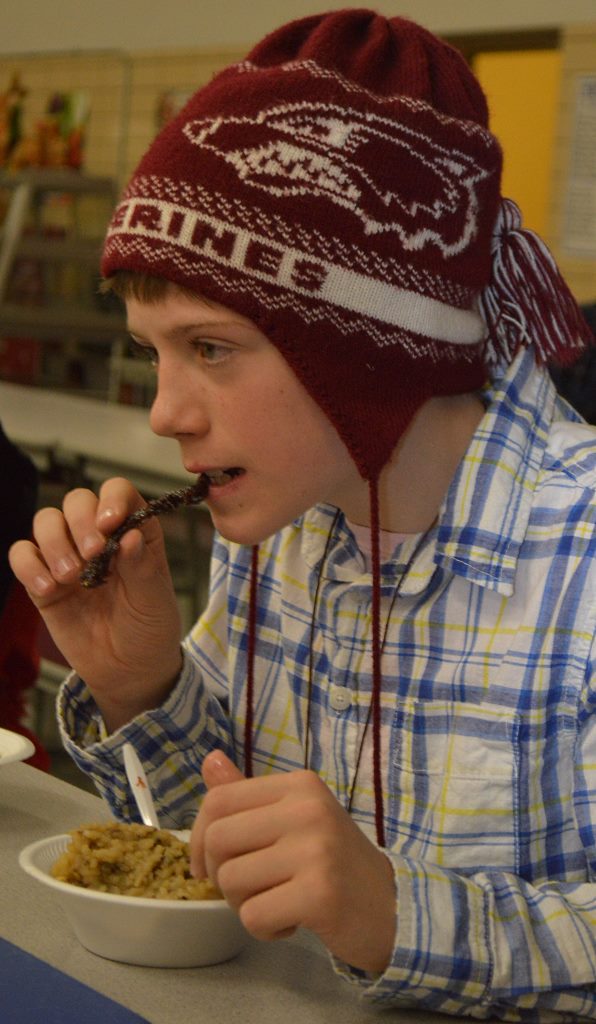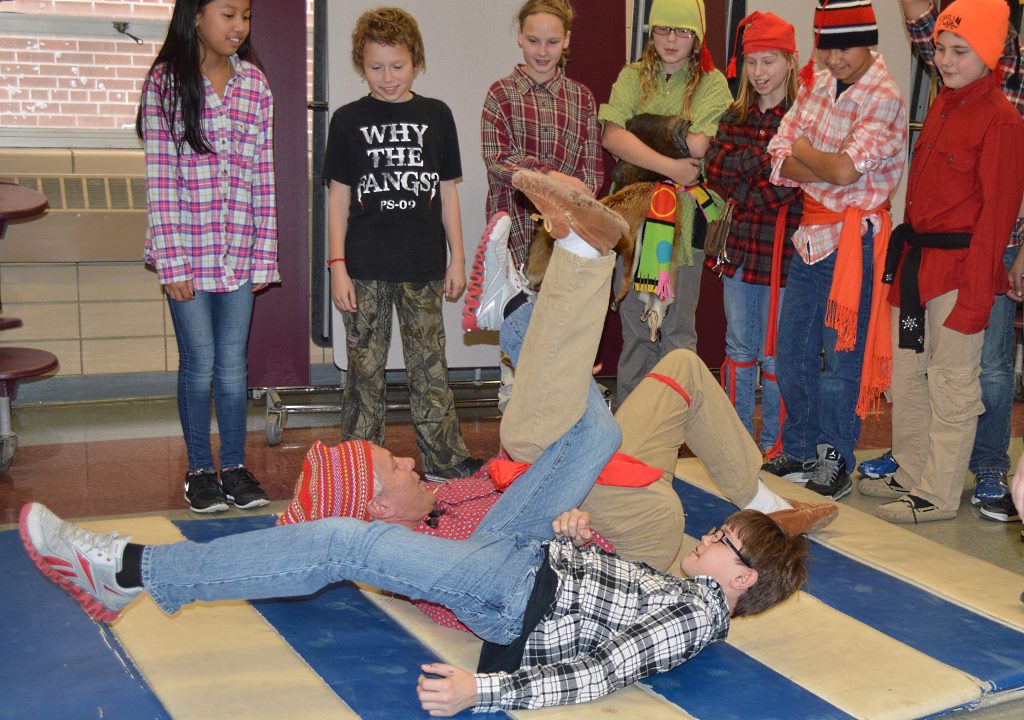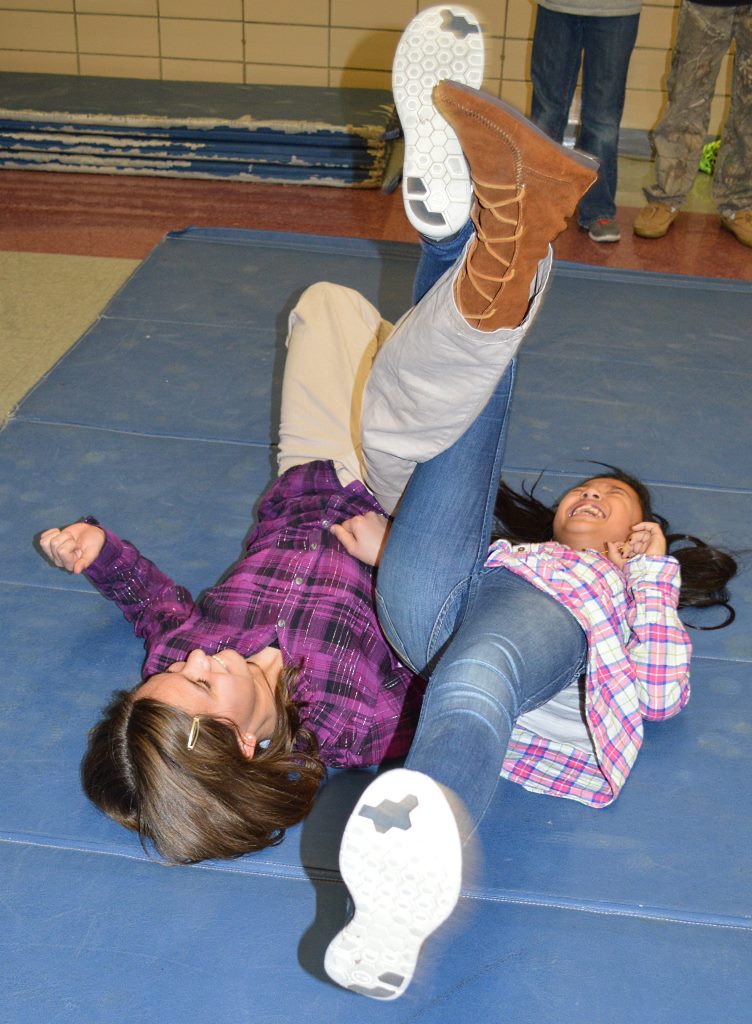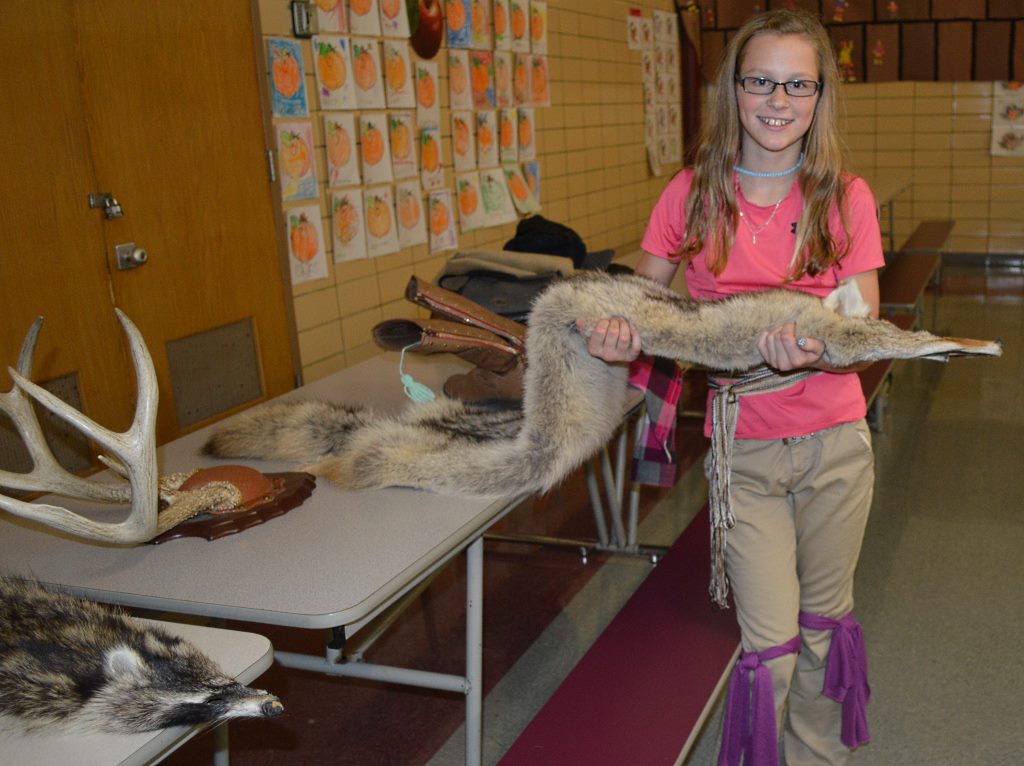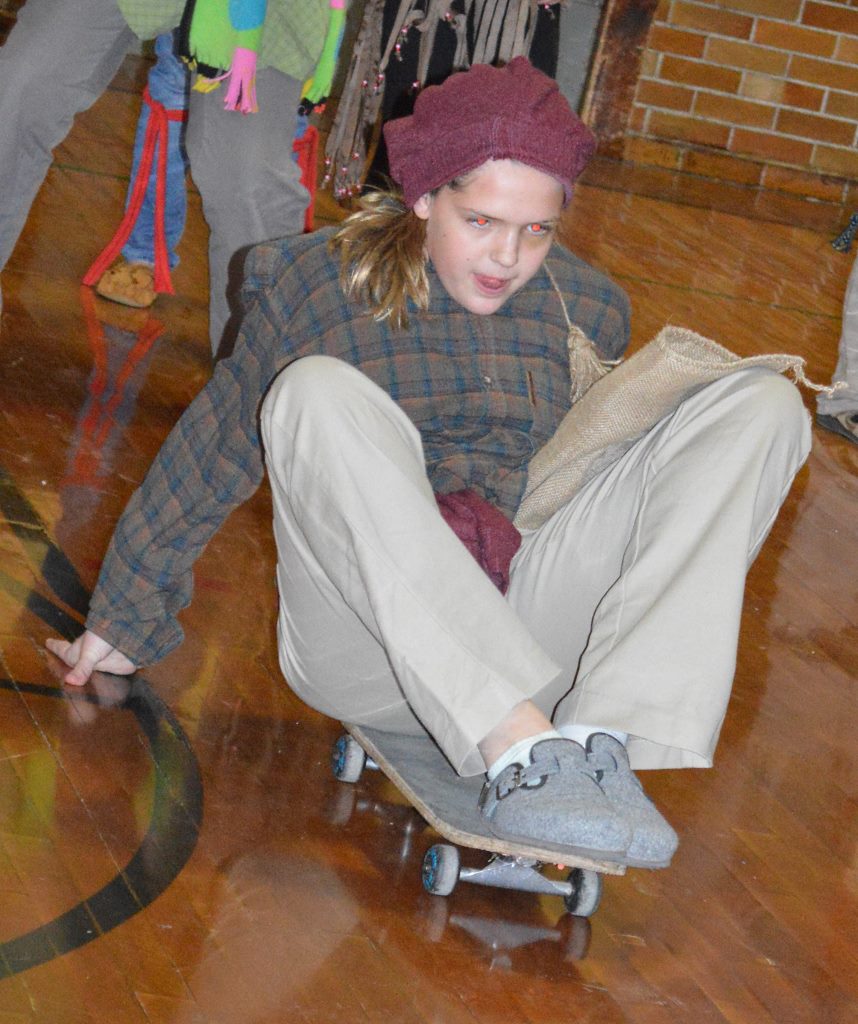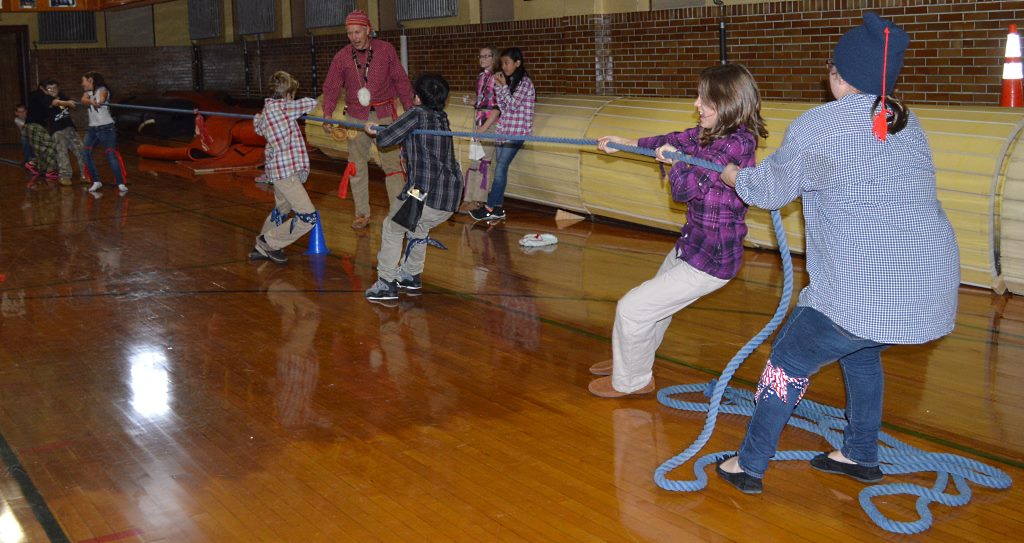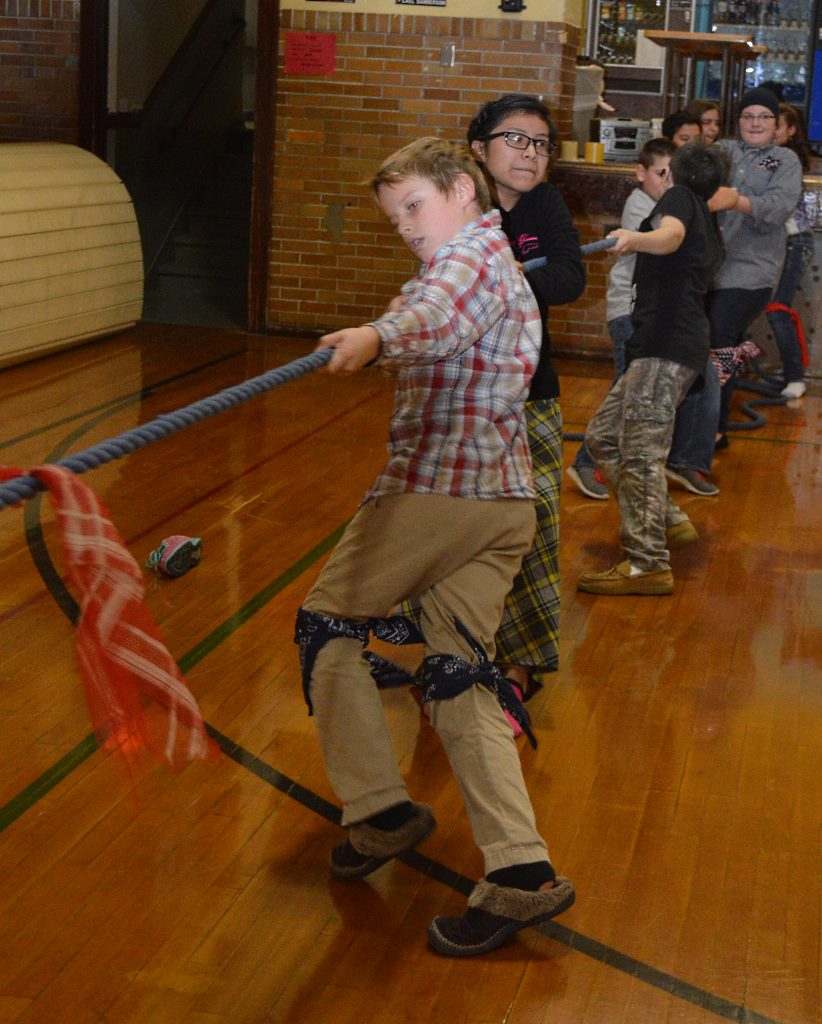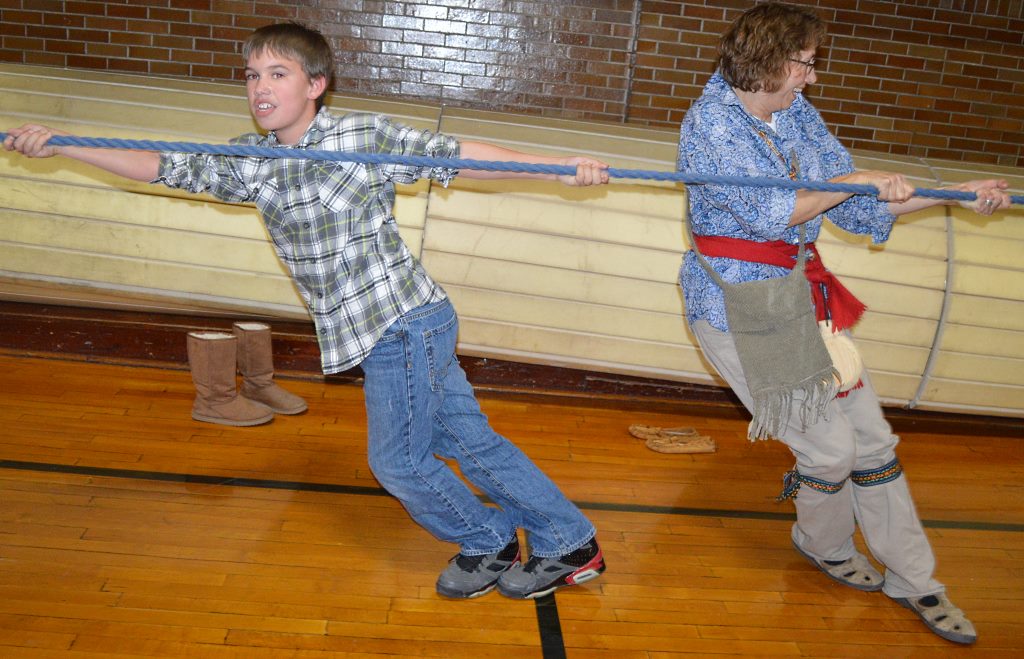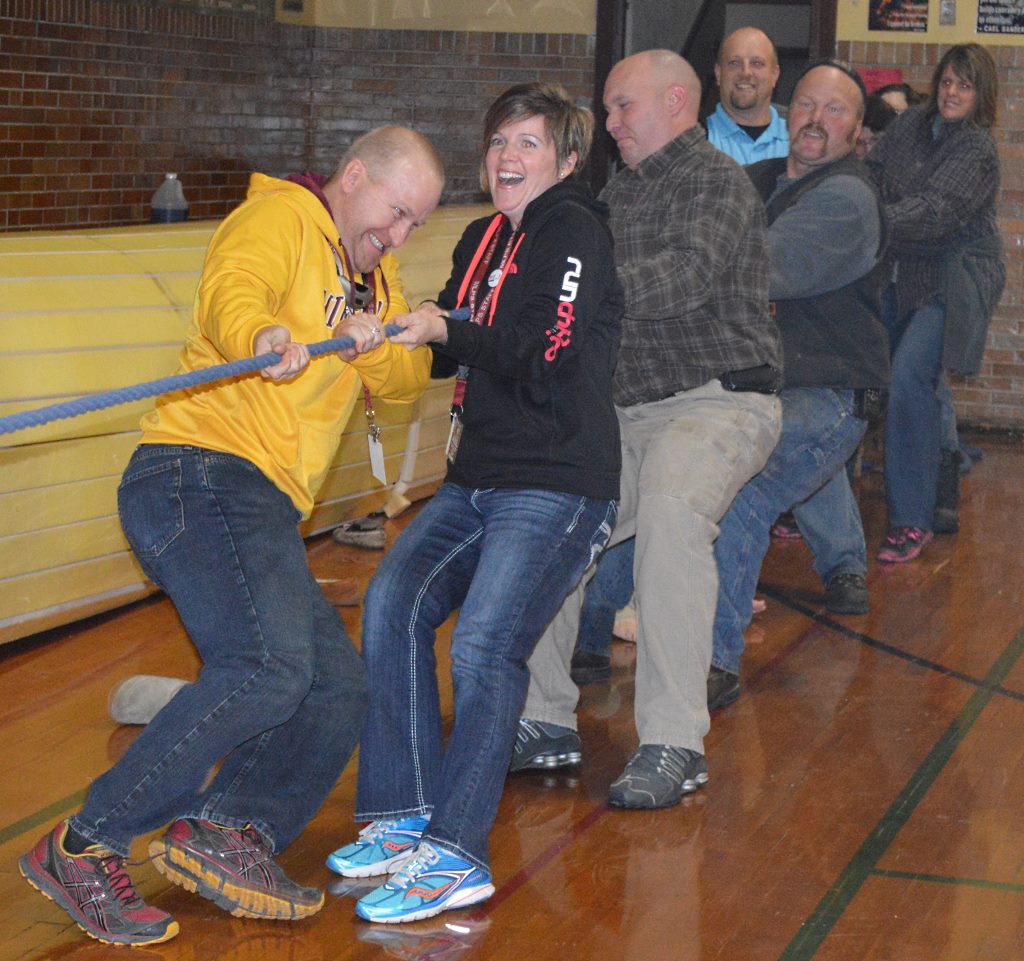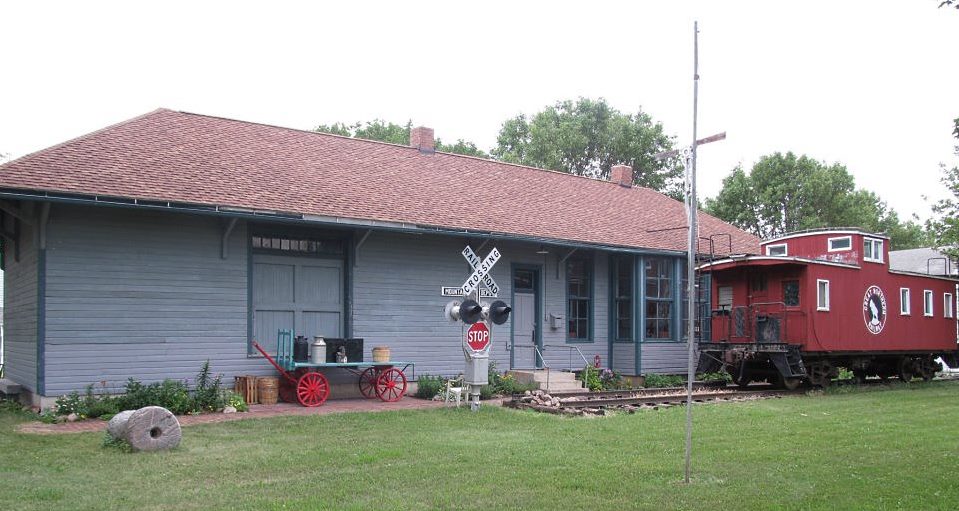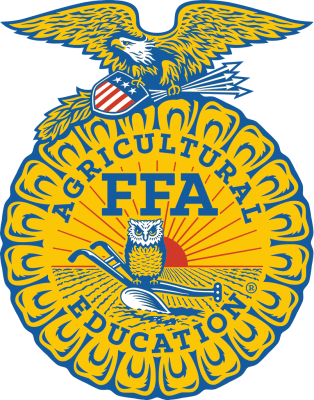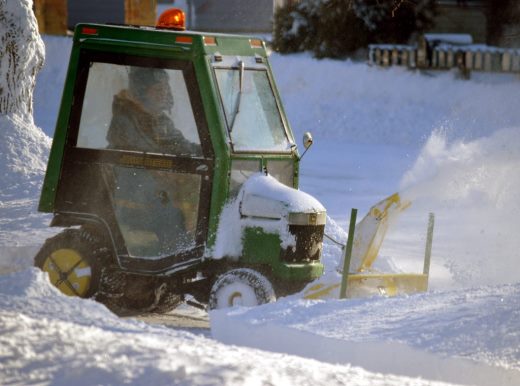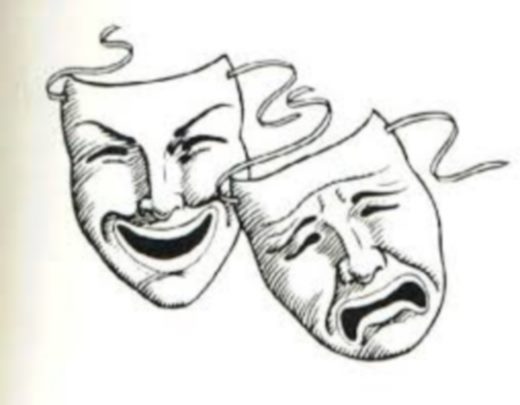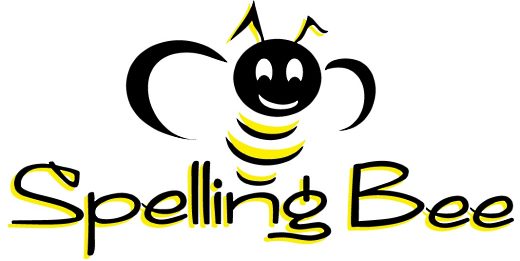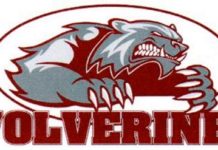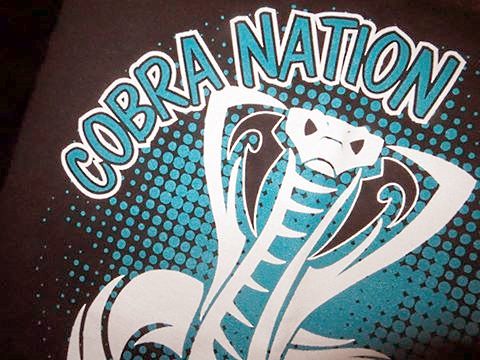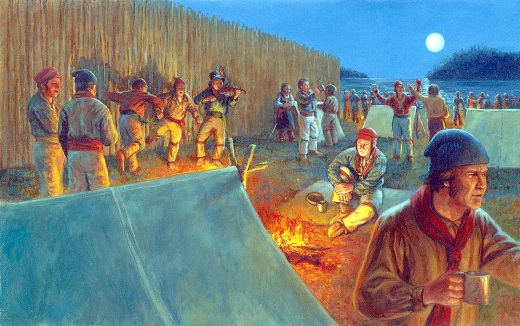History of the Pork Eaters, North Men as voyageurs of the fur trade celebrated by MLES sixth-grade classes
It wasn’t quite the Grand Portage of the 1780s, 1790s and first years of the 1800s, but the Mountain Lake Public School’s cafeteria and old gym were able to be transformed into perfect locations for the sixth-grade of Mountain Lake Public Elementary School (MLES) to hold a voyageur Rendezvous. The students of Annette Kunkel and Kyle Blomgren re-enacted the 18th century era of exploration and trade during Minnesota’s Voyageur and Fur Trade Era during an event held Wednesday afternoon, November 26.
This re-enactment of when voyageurs would gather at the former North West Company Trade Depot for a Rendezvous was completed with displays of furs, paddles and even a 90-pound fur bundle – leg wrestling, “canoe” races and tug-of-war contests – along with the sharing of typical music sung and the foods eaten daily by the men who dealt with the fur trade at this state’s northern border with Canada. To delve deeper into character, the sixth-grade students were clad in Pork Eater, North Men and Native American costumes
Minnesota history is the focus of social studies study in sixth-grade classes all across the state, and this event provided a hands-on, living history lesson for the students.
For the most part, voyageurs (travelers) were the crews hired to man the canoes that carried trade goods and supplies to trading locations out from Lake Superior along the Pigeon River, where they were exchanged for furs – and at “rendezvous posts” like Grand Portage. The voyageurs then transported the furs back to Lachine, near Montreal, in Canada – and later also to points on the route to Hudson Bay. The majority of these canoe men were French Canadian. The voyageurs who only paddled between Grand Portage and Montreal were known as mangeurs de lard (Pork Eaters) because of their diet, much of which consisted of salt pork, flour, sea biscuits, wild rice and dried vegetables (peas and Indian corn or maize), along with pemmican. Their meals varied little, with the men eating two virtually identical meals a day – morning and evening.
Some voyageurs stayed in the back country over the winter and transported trade goods from the posts to farther-away French outposts. These men were called hommes du nord (North Men) or hivernants (winterers). They also helped negotiate trade in Native American villages. In the spring, they would carry the furs form these remote outposts back to the rendezvous posts.
Voyageurs also served a guides for explorers.
A voyageur’s like was one of hard toil. They would be up before dawn, often at 2 a.m. or 3 a.m. – and travelling before breakfast. Around 8 a.m., they would have their breakfast. Lunch was usually grabbing a piece of pemmican. The evening meal – and making of camp, was usually between 8 p.m. and 10 p.m. However, they did consume between 4,000 and 5,000 calories a day.
They had to be good canoeists – and also be able to carry at least two 90-pound fur bundles over the many portages along the route.
Typical garb was colorful, and included a many-colored sash tied at the waist, topping off the cloth trousers and leather leggings. Dangling from the sash would be knives, a tobacco pouch and other small items. They traditionally wore plaid or striped cotton shirts and moccasins on their feet, demonstrating a kinship with the Native Americans.
Music was a large part of their everyday life. Voyageurs would sing songs while paddling and working, as well as during other activities and festivities. It was said that music kept their rhythm going. “Alouette” was a favorite, and one that remains known today. Indeed, the sixth-graders shared their own stanzas of the French number, as well as a “Happy Birthday” rendition in French in honor of Kunkel’s Thanksgiving Day birthday.
For the voyageur fur trade, the main route was divided into two (at times, three) segments, each traveled by a different set of voyageurs. Furs in demand in Europe included marten, otter, lynx, mink – and especially beaver.
Once or twice a year a larger gathering was held to transfer furs and trade good among the groups of voyageurs. In addition – a rendezvous was also a time for the voyageurs to rest – along with participating in a little revelry. The rendezvous’s occurred at the biggest transfer points along the shores of Lake Superior at either Grand Portage of Fort William.
Join in and celebrate the Rendezvous along with the sixth-grade students through the following photo gallery.
